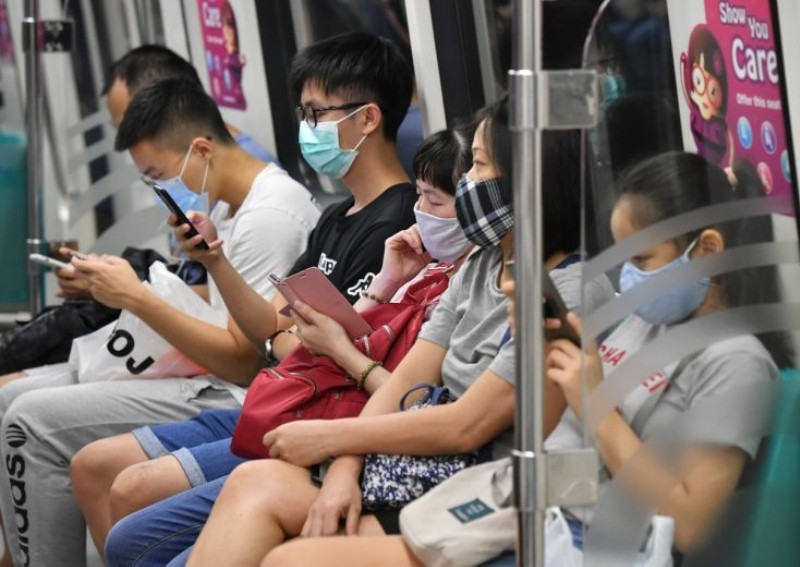'Settings and risks are very different': Why social gatherings remain prohibited despite packed trains


Despite an online petition begging for permission for limited social interactions, gatherings remain prohibited post-circuit breaker, at least till phase two. However, the past week saw throngs of people gathered in public transport, supermarkets and even outside schools, begging the question as to why social gatherings are not allowed.
"We need to better understand that the settings and risks are very different," co-chair of the Multi-Ministry Taskforce Lawrence Wong explained in a press conference yesterday (June 8).
[embed]https://www.facebook.com/gov.sg/videos/277960526946686/?v=277960526946686[/embed]
Unlike on public transports, "social interactions are of a different magnitude of risk altogether," he shared.
[[nid:490714]]
With the return of people to their workplaces and schools, more commuters are expected on public transportation, making it impossible to maintain safe distancing.
A research by Japan's Riken Centre for Biosystems Dynamics Research found that there was no air ventilation within a simulated crowded train, showing how the virus could spread within the enclosed area.
Therefore, precautions such as wearing masks and refraining from talking while on public transport have been taken. They are among the measures introduced last month by the authorities to reduce the spread of droplets within an enclosed space and minimise the risk of infection.
Wong said: "These are transient risks, but with these additional precautions we are able to minimise the risk further."
On the other hand, he emphasised that when people "gather together whether to talk, to interact, to have a meal together, the risks are much higher."
He referenced cases here and abroad that have shown how "vast majority of the infected cases [were] typically spread" during social gatherings.
One of the earlier clusters in Singapore saw 47 people infected following a dinner at Safra Jurong back in February. A recent experiment conducted by Japan's national broadcaster NHK also showed how quickly the virus could spread within an enclosed room in just half an hour.
He added: "If we all do our part to comply with the measures in phase one, we will be able to keep community transmission low and stable through this period, and it gives us a much better chance of getting into phase two early."
For the latest updates on the coronavirus, visit here.
rainercheung@asiaone.com